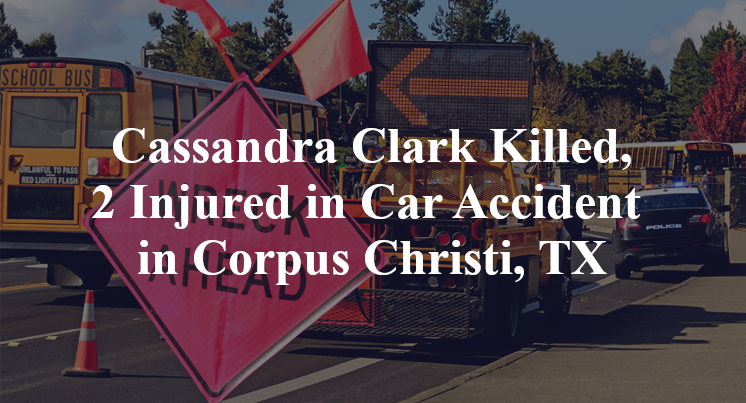Corpus Christi, TX — October 4, 2025, Cassandra Clark was killed and two were injured following a car accident around 11:07 p.m. along Private Road 22.
According to officials, the crash took place in the area of Park Road 22 and Whitecap Boulevard on Padre Island.

Officials said that 51-year-old Cassandra Clark was in a Ford Escape going northbound on PR 22. A Kia Sedona was going southbound. The vehicles reportedly crossed paths and collided. As a result, Cassandra Clark was killed.
The other driver reportedly had non-life-threatening injuries. Right now, further information about the crash remains unconfirmed.
Commentary
After any fatal accident, the priority needs to be getting clear answers about what went wrong. Unfortunately, a lot of police investigations amount to little more than looking only at surface-level details. That’s why it can be helpful to consider some questions that too often go overlooked.
1. Did investigators fully reconstruct the crash?
In a head‑on collision, establishing how the vehicles entered each other’s paths is critical. Were the approach angles, speeds, and impact points mapped? Did officers account for sight distance, lighting, and road geometry? Without a meticulous scene reconstruction, guesses can fill the void where facts should be.
2. Were both vehicles inspected for mechanical failures or defects?
Even when fault seems obvious, mechanical problems—brake issues, steering malfunctions, tire failure—can turn routine driving into a tragic accident. Unless both the Ford Escape and Kia Sedona were thoroughly examined, it’s difficult to rule out possible defects.
3. Has electronic data and digital evidence been preserved and analyzed?
Modern vehicles often carry crash‑data modules, GPS logs, or sensor records that can reveal speed, braking, steering inputs, and system warnings. Pulling that data can dramatically sharpen our understanding of what each driver was doing—or unable to do—in the final moments. If that evidence isn’t retrieved, it risks being lost forever.
With these questions, families and victims can sometimes gauge how well their situation is being handled. If authorities have clear answers, that’s good. But if their answers come up short, someone can step in to pick up the slack.
